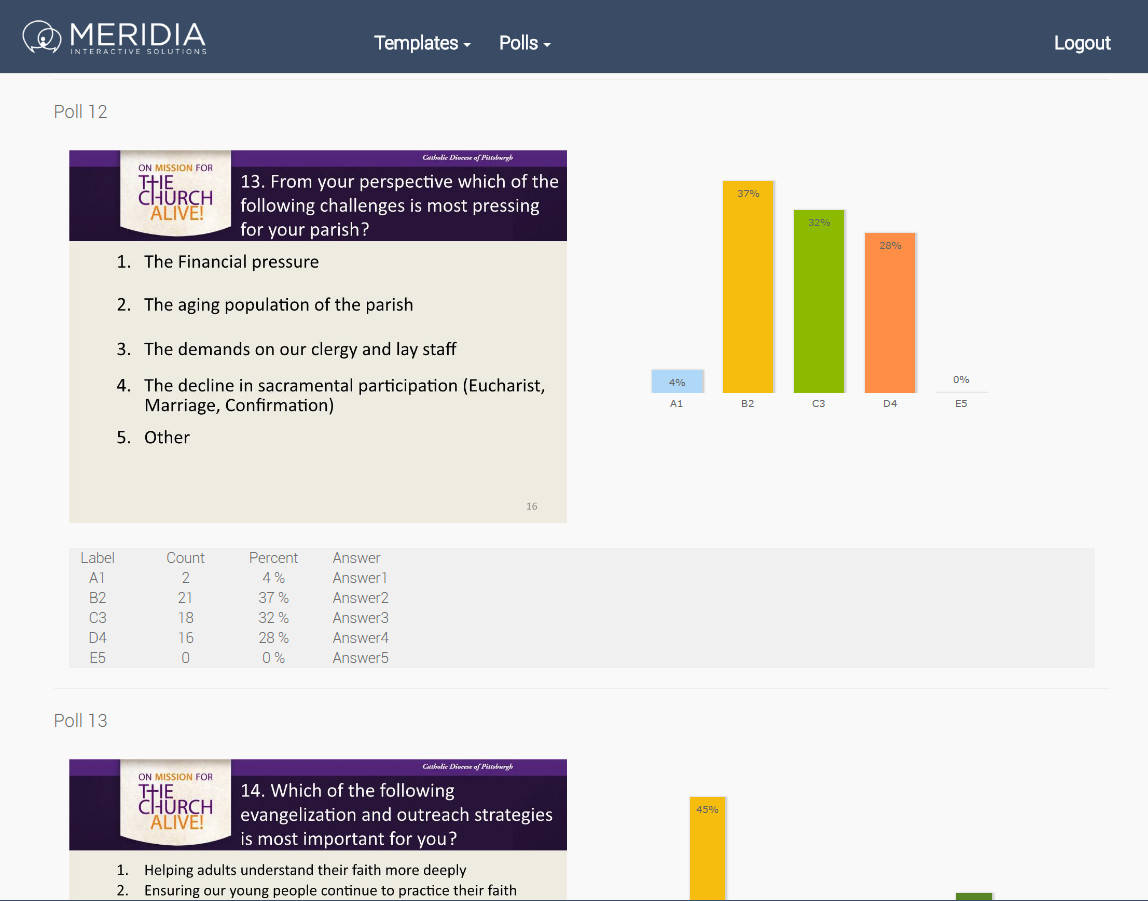Making Active Learning Interactive
Educational researchers looking at active learning continue to extol its virtues. Active learning – which involves students actively engaging in the classroom and using active listening skills and skills to formulate meaning – has been credited with increasing student retention in both the short and long terms.
Efficacy of Active Learning
Interestingly, a recent article in the Harvard Gazette suggested that students themselves felt as though they did not learn as much when a class was taught in an active learning manner. Yet the Harvard faculty members testing the efficacy of an active learning approach found that students’ test scores indicated that, in fact, they had learned as much or more than they did from a traditional lecture-style approach.
“Actual learning and feeling of learning were strongly anticorrelated,” noted senior preceptor Louis Deslauriers, a member of Harvard’s Department of Physics.”


Active Classroom Participation
Other studies showcase the value of incorporating an audience response system to facilitate active learning. While one technique to promote active learning involves encouraging students to work together to solve a problem or to teach each other, that’s not always feasible in a classroom with a large number of students. Incorporating ARS technologies, however, enables students in even the largest classrooms to feel as though they are actively participating. When instructors try to engage students in a larger lecture hall and only a few students — those in the front row, often — raise their hands or respond, students in the back of the hall (or students who are more reticent or who feel uneasy about responding because they are not certain they know the right response) may not feel engaged. The ARS changes that, effectively including students throughout the hall and giving the reticent or hesitant student a way to engage actively without risking the humiliation of giving the wrong response in a public setting.
Configurable and Customizable ARS Output
The flexibility of ARS systems offer instructors a range of ways to engage, too. The systems can be configured so that instructors can see who responds with what answers – or be configured to present responses anonymously. The questions posed by the ARS can be created in advance and used with prepared course presentations – or instructors can create new questions on the fly while actively engaging with students. The possibilities are boundless, and the outcomes all point in a positive direction.


